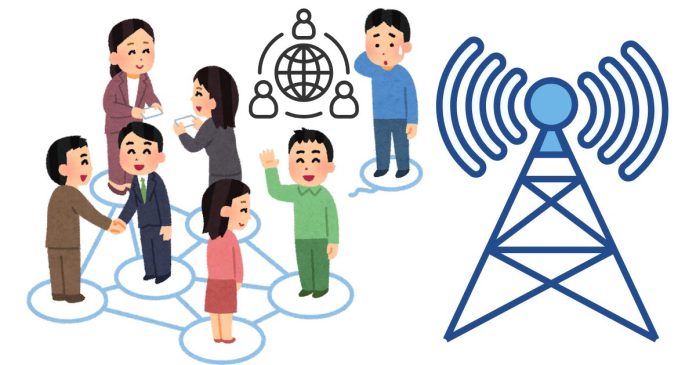What Are Two Functions of Intermediary Devices on a Network?
In computer networks, intermediary devices play a critical role in ensuring data is transmitted efficiently, securely, and accurately between devices. These devices act as a bridge between different parts of the network, enabling communication between end devices like computers, smartphones, and servers.
Below are two key functions of intermediary devices:
1. Routing and Forwarding of Data
Intermediary devices like routers and switches are responsible for directing data packets from the source to the intended destination.
- Routing (Routers):
- Routers analyze the destination IP address of data packets and determine the best path through the network to deliver the data. This ensures efficient communication between devices on different networks.
- For example, when you browse a website, your router decides the quickest path to connect your computer to the web server hosting the site.
- Forwarding (Switches):
- Switches operate within a local area network (LAN) and forward data to specific devices based on their Media Access Control (MAC) addresses. They ensure that data is delivered only to the intended recipient, reducing unnecessary network traffic.
2. Ensuring Network Security and Reliability
Intermediary devices also perform essential functions related to network security and reliability to maintain seamless communication.
- Network Security:
- Devices like firewalls inspect incoming and outgoing data packets to detect and block malicious traffic, protecting the network from cyberattacks.
- Firewalls can filter traffic based on predefined rules, such as allowing only certain types of connections or blocking specific IP addresses.
- Error Detection and Recovery:
- Devices like hubs, switches, and routers can identify corrupted or lost data packets and request retransmission, ensuring reliable communication.
- They often monitor network performance and detect faults, helping to minimize downtime.


